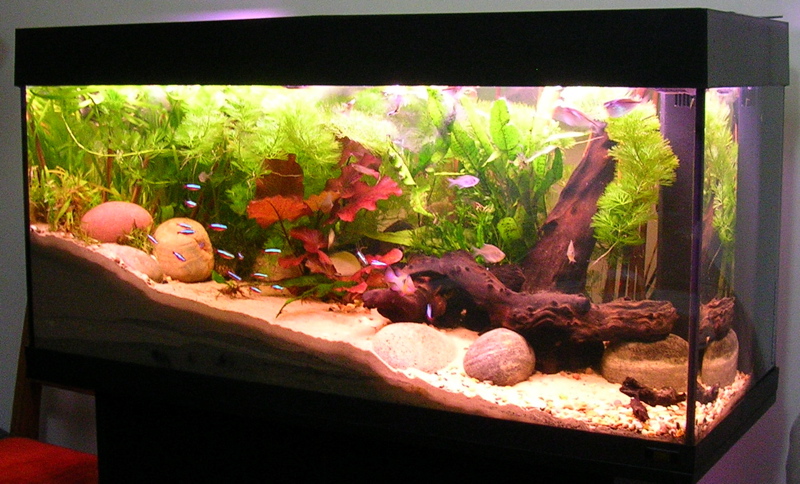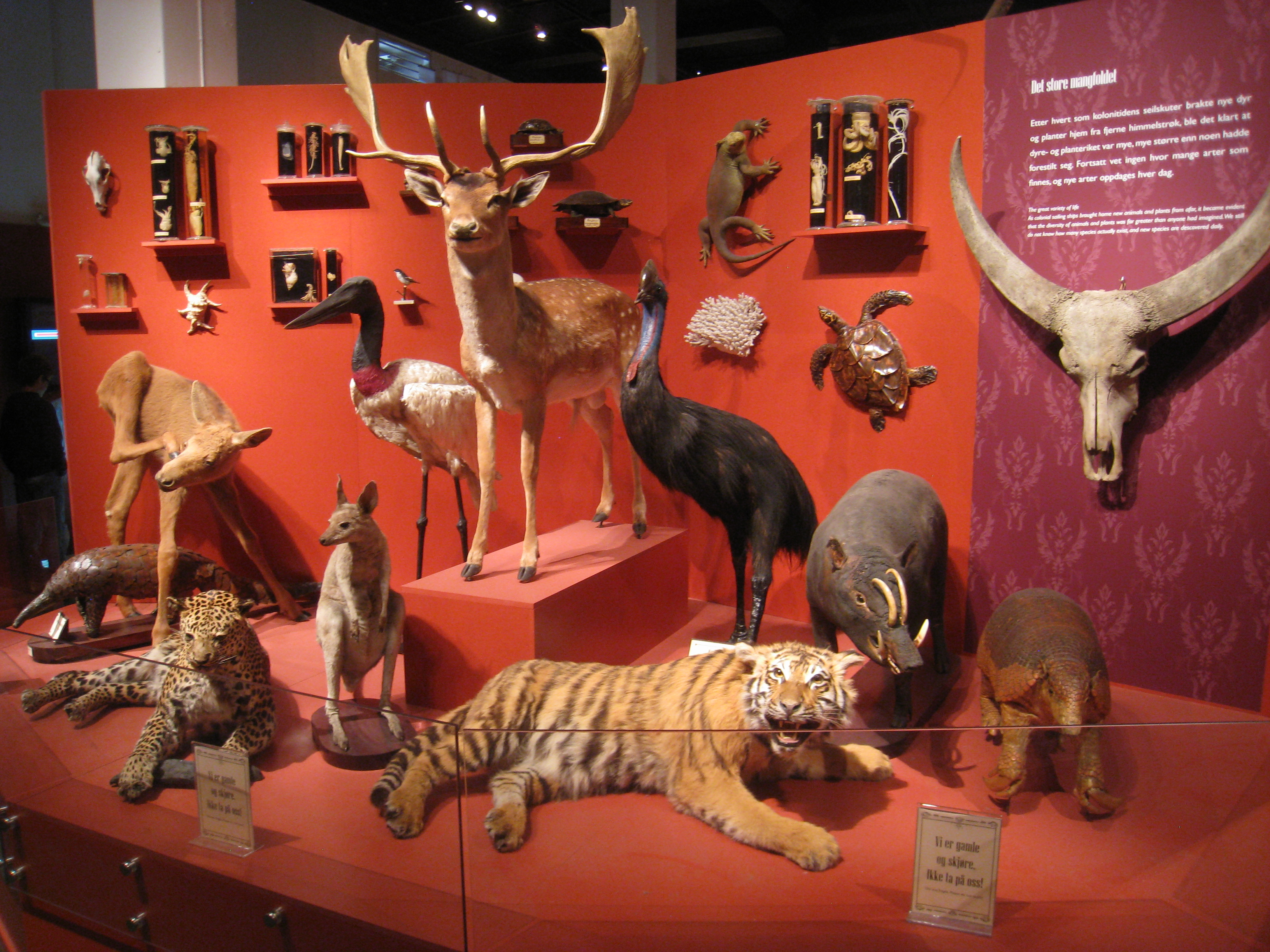|
Banded Rainbowfish
The banded rainbowfish (''Melanotaenia trifasciata''), also known as the Jewel rainbowfish, Goyder River rainbowfish, three-striped sunfish or regal rainbowfish, is a species of Rainbowfish found in the northerly regions of North Australia and Queensland. an adult Banded Rainbowfish can reach a stranded length of 15 cm -12 cm with a deep body usually exceeding 1/3 of their body length, like most Rainbowfish banded Rainbowfish vary in colour depending on where they were collected, but all variety's have a distinct dark mid-lateral band and bright red/yellow Dorsal, anal, and caudal fins. Behavior The banded rainbowfish is an active shoaling fish, that typically occurs in the surface and mid-level areas of fresh water environments. As seasonal spawners the banded rainbowfish breed intermittently throughout the year, males compete with one another for territory and female attention in contests where they compare body coloration and size buy swimming side by side whil ... [...More Info...] [...Related Items...] OR: [Wikipedia] [Google] [Baidu] |
Rendahl
Carl Hialmar Rendahl (born Jönköping 26 December 1891; died Stockholm 2 May 1969) was a Swedish zoologist, cartoonist and painter. He is most famous in Sweden for his authorship of ''Fågelboken'', the "bird book" which sold 60,000 copies. Rendahl attended Jönköping University, graduating in 1910 and moving on to Stockholm University where he studied Zoology, Botany and Geography gaining a Bachelor of Philosophy degree in 1916. He was awarded a Licentiate's degree in Zoology in 1918 and he then achieved a Doctor of Philosophy and was appointed an Associate Professor in Zoology 1924. In 1933 he was appointed Professor at the Swedish Museum of Natural History. As a student, he worked as a freelance journalist, mainly writing popular science articles, and he also translated books into the Nordic languages as well as publishing drawings. He started working at the Vertebrate Department of the Swedish Museum of Natural History in 1912 and started ringing birds in 1913. From 1913 h ... [...More Info...] [...Related Items...] OR: [Wikipedia] [Google] [Baidu] |
Arthropod
Arthropods (, (gen. ποδός)) are invertebrate animals with an exoskeleton, a Segmentation (biology), segmented body, and paired jointed appendages. Arthropods form the phylum Arthropoda. They are distinguished by their jointed limbs and Arthropod cuticle, cuticle made of chitin, often Mineralization (biology), mineralised with calcium carbonate. The arthropod body plan consists of segments, each with a pair of appendages. Arthropods are bilaterally symmetrical and their body possesses an exoskeleton, external skeleton. In order to keep growing, they must go through stages of moulting, a process by which they shed their exoskeleton to reveal a new one. Some species have wings. They are an extremely diverse group, with up to 10 million species. The haemocoel, an arthropod's internal cavity, through which its haemolymph – analogue of blood – circulates, accommodates its interior Organ (anatomy), organs; it has an open circulatory system. Like their exteriors, the internal or ... [...More Info...] [...Related Items...] OR: [Wikipedia] [Google] [Baidu] |
Melanotaenia
''Melanotaenia'' is a genus of rainbowfish from Australia, Indonesia (West Papua), New Guinea, and nearby smaller islands. Species There are currently 86 recognized species in this genus: * ''Melanotaenia affinis'' ( M. C. W. Weber, 1908) (New Guinea rainbowfish) * ''Melanotaenia ajamaruensis'' G. R. Allen & N. J. Cross, 1980 (Ajamaru rainbowfish) * ''Melanotaenia albimarginata'' G. R. Allen, Hadiaty, Unmack & Erdmann, 2015 (White-tip rainbowfish) Allen, G.R., Hadiaty, R.K., Unmack, P.J. & Erdmann, M.V. (2015): Rainbowfishes (''Melanotaenia'': Melanotaeniidae) of the Aru Islands, Indonesia with descriptions of five new species and redescription of ''M. patoti'' Weber and ''M. senckenbergianus'' Weber. ''aqua, International Journal of Ichthyology, 21 (2): 66-108.'' * '' Melanotaenia ammeri'' G. R. Allen, Unmack & Hadiaty, 2008 (Ammer's rainbowfish) * ''Melanotaenia angfa'' G. R. Allen, 1990 (Yakati rainbowfish) * ''Melanotaenia arfakensis'' G. R. Allen, 1990 (Arfak rain ... [...More Info...] [...Related Items...] OR: [Wikipedia] [Google] [Baidu] |
Aquarium
An aquarium (plural: ''aquariums'' or ''aquaria'') is a vivarium of any size having at least one transparent side in which aquatic plants or animals are kept and displayed. Fishkeepers use aquaria to keep fish, invertebrates, amphibians, aquatic reptiles, such as turtles, and aquatic plants. The term ''aquarium'', coined by English naturalist Philip Henry Gosse, combines the Latin root , meaning 'water', with the suffix , meaning 'a place for relating to'. The aquarium principle was fully developed in 1850 by the chemist Robert Warington, who explained that plants added to water in a container would give off enough oxygen to support animals, so long as the numbers of animals did not grow too large. The aquarium craze was launched in early Victorian England by Gosse, who created and stocked the first public aquarium at the London Zoo in 1853, and published the first manual, ''The Aquarium: An Unveiling of the Wonders of the Deep Sea'' in 1854.Katherine C. Grier (2008) ... [...More Info...] [...Related Items...] OR: [Wikipedia] [Google] [Baidu] |
Water Quality
Water quality refers to the chemical, physical, and biological characteristics of water based on the standards of its usage. It is most frequently used by reference to a set of standards against which compliance, generally achieved through treatment of the water, can be assessed. The most common standards used to monitor and assess water quality convey the health of ecosystems, safety of human contact, extend of water pollution and condition of drinking water. Water quality has a significant impact on water supply and oftentimes determines supply options. Categories The parameters for water quality are determined by the intended use. Work in the area of water quality tends to be focused on water that is treated for potability, industrial/domestic use, or restoration (of an environment/ecosystem, generally for health of human/aquatic life). Human consumption Contaminants that may be in untreated water include microorganisms such as viruses, protozoa and bacteria ... [...More Info...] [...Related Items...] OR: [Wikipedia] [Google] [Baidu] |
Fishkeeping
Fishkeeping is a popular hobby, practiced by aquarists, concerned with keeping fish in a home aquarium or garden pond. There is also a piscicultural fishkeeping industry, serving as a branch of agriculture. Origins of fishkeeping Fish have been raised as food in pools and ponds for thousands of years. Brightly colored or tame specimens of fish in these pools have sometimes been valued as pets rather than food. Many cultures, ancient and modern, have kept fish for both functional and decorative purposes. Ancient Sumerians kept wild-caught fish in ponds, before preparing them for meals. Depictions of the sacred fish of Oxyrhynchus kept in captivity in rectangular temple pools have been found in ancient Egyptian art. Similarly, Asia has experienced a long history of stocking rice paddies with freshwater fish suitable for eating, including various types of catfish and cyprinid. Selective breeding of carp into today's popular and completely domesticated koi and fancy gold ... [...More Info...] [...Related Items...] OR: [Wikipedia] [Google] [Baidu] |
Zoological Specimen
A zoological specimen is an animal or part of an animal preserved for scientific use. Various uses are: to verify the identity of a (species), to allow study, increase public knowledge of zoology. Zoological specimens are extremely diverse. Examples are bird and mammal study skins, mounted specimens, skeletal material, casts, pinned insects, dried material, animals preserved in liquid preservatives, and microscope slides. Natural history museums are repositories of zoological specimens Study skins Bird and mammal specimens are conserved as dry study skins, a form of taxidermy. The skin is removed from the animal's carcass, treated with absorbents, and filled with cotton or polyester batting (In the past plant fibres or sawdust were used). Bird specimens have a long, thin, wooden dowel wrapped in batting at their center. The dowel is often intentionally longer than the bird's body and exits at the animal's vent. This exposed dowel provides a place to handle the bird without dist ... [...More Info...] [...Related Items...] OR: [Wikipedia] [Google] [Baidu] |
Species Description
A species description is a formal description of a newly discovered species, usually in the form of a scientific paper. Its purpose is to give a clear description of a new species of organism and explain how it differs from species that have been described previously or are related. In order for species to be validly described, they need to follow guidelines established over time. Zoological naming requires adherence to the ICZN code, plants, the ICN, viruses ICTV, and so on. The species description often contains photographs or other illustrations of type material along with a note on where they are deposited. The publication in which the species is described gives the new species a formal scientific name. Some 1.9 million species have been identified and described, out of some 8.7 million that may actually exist. Millions more have become extinct throughout the existence of life on Earth. Naming process A name of a new species becomes valid (available in zo ... [...More Info...] [...Related Items...] OR: [Wikipedia] [Google] [Baidu] |
Hialmar Rendahl
Carl Hialmar Rendahl (born Jönköping 26 December 1891; died Stockholm 2 May 1969) was a Swedish zoologist, cartoonist and painter. He is most famous in Sweden for his authorship of ''Fågelboken'', the "bird book" which sold 60,000 copies. Rendahl attended Jönköping University, graduating in 1910 and moving on to Stockholm University where he studied Zoology, Botany and Geography gaining a Bachelor of Philosophy degree in 1916. He was awarded a Licentiate's degree in Zoology in 1918 and he then achieved a Doctor of Philosophy and was appointed an Associate Professor in Zoology 1924. In 1933 he was appointed Professor at the Swedish Museum of Natural History. As a student, he worked as a freelance journalist, mainly writing popular science articles, and he also translated books into the Nordic languages as well as publishing drawings. He started working at the Vertebrate Department of the Swedish Museum of Natural History in 1912 and started ringing birds in 1913. From 1913 ... [...More Info...] [...Related Items...] OR: [Wikipedia] [Google] [Baidu] |
Algae
Algae ( , ; : alga ) are any of a large and diverse group of photosynthetic, eukaryotic organisms. The name is an informal term for a polyphyletic grouping that includes species from multiple distinct clades. Included organisms range from unicellular microalgae, such as '' Chlorella'', '' Prototheca'' and the diatoms, to multicellular forms, such as the giant kelp, a large brown alga which may grow up to in length. Most are aquatic and lack many of the distinct cell and tissue types, such as stomata, xylem and phloem that are found in land plants. The largest and most complex marine algae are called seaweeds, while the most complex freshwater forms are the '' Charophyta'', a division of green algae which includes, for example, '' Spirogyra'' and stoneworts. Algae that are carried by water are plankton, specifically phytoplankton. Algae constitute a polyphyletic group since they do not include a common ancestor, and although their plastids seem to have a single ori ... [...More Info...] [...Related Items...] OR: [Wikipedia] [Google] [Baidu] |







